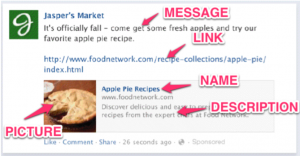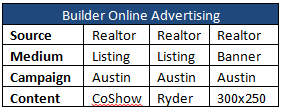 From Mike Blake, The Blake Group
From Mike Blake, The Blake Group
I met a potential home purchaser just inside my model home door. We exchange pleasantries and I proceeded to walk and talk them through a model home demonstration. I knew they walked into my model home that day because I controlled the area, community, company and plan information they needed to buy a home.
Their desire for research information and my need for their buying criteria created a win-win relationship. The point is I controlled the sales process because I controlled the information.
As I provided more information they disclosed more of their buying criteria essentially moving them down the critical path sales processes.
That was 2003, now fast forward to 2013. Almost 96% of potential customers look online before making contact with a realtor or builder salesperson. According to a PEW study 57% use online research to narrow down their buying criteria.
Why is this significant?
We as sellers no longer have exclusive control of the information buyers need to research for a home solution. In fact, the Internet has created a situation that I call – Information Equilibrium.
Buyers are responding to greater access to information by collecting information, prioritizing needs and wants, investigating solutions and refining solutions before making contact with a builder representative. Essentially they use the Internet to gain more control of the buying process.
So what’s the solution?
- As marketing people we need to understand what potential purchasers are looking for online.
- We need to develop marketing strategies that capture the interest of potential purchasers during their online research phase.
- We need to more effectively engage and create dialogue with potential purchasers before they narrow their buying criteria.
- Salespeople need to discover and understand what information the purchaser has collected and its relevance.
- Salespeople will be more effective if they quickly discover what stage in the buying process the customer has reached.
- The above discovery process will insure that the sales process is positioned to address the buying criteria of the purchaser.
Buyer’s access to information is not a passing phenomenon. If fact, access to information found on the web will likely be more influential as new generations enter into the market place. Except in a high demand housing market consumer’s access to information will lengthen the buying cycle. This will place greater emphasis on developing long-term communication activities that create or maintain a dialogue.
Essentially we need to become as prospect focused as we are customer focused.












